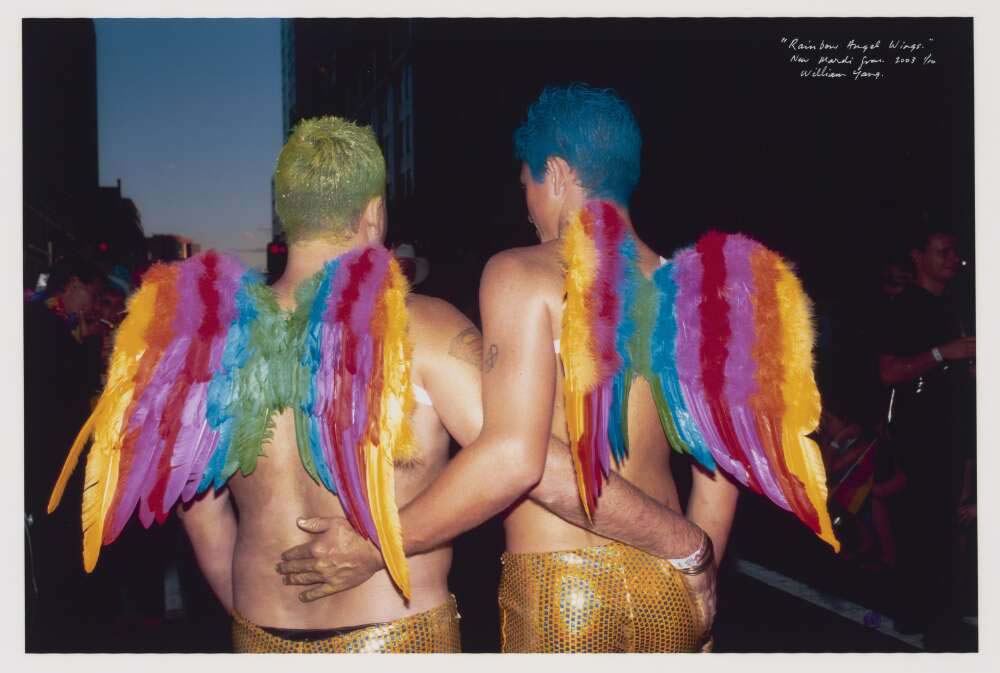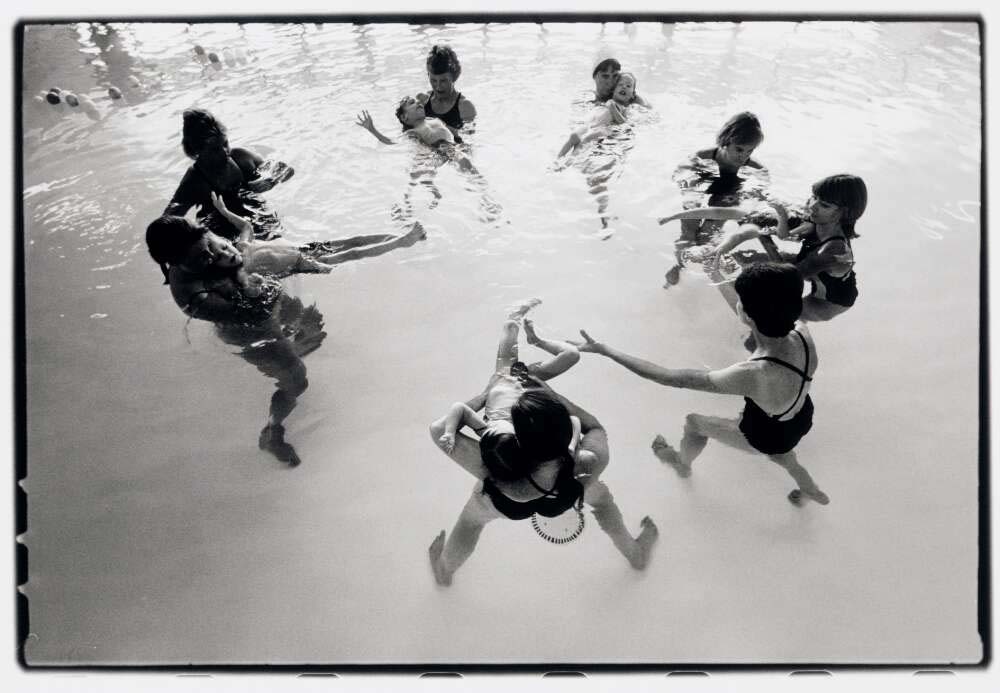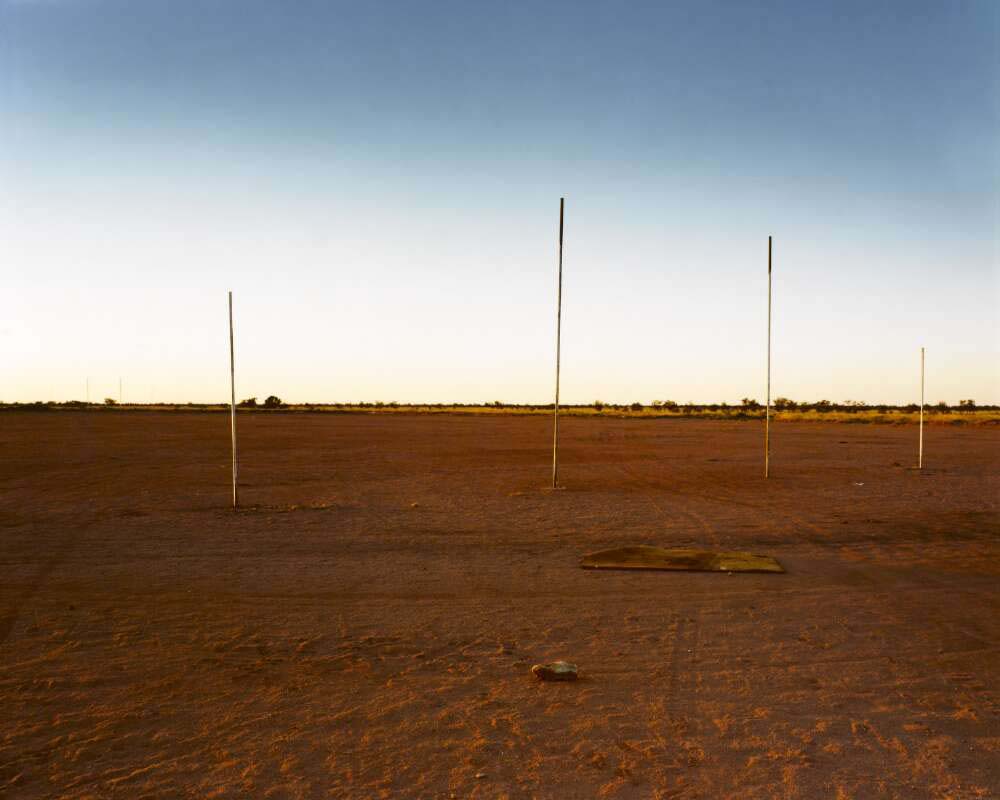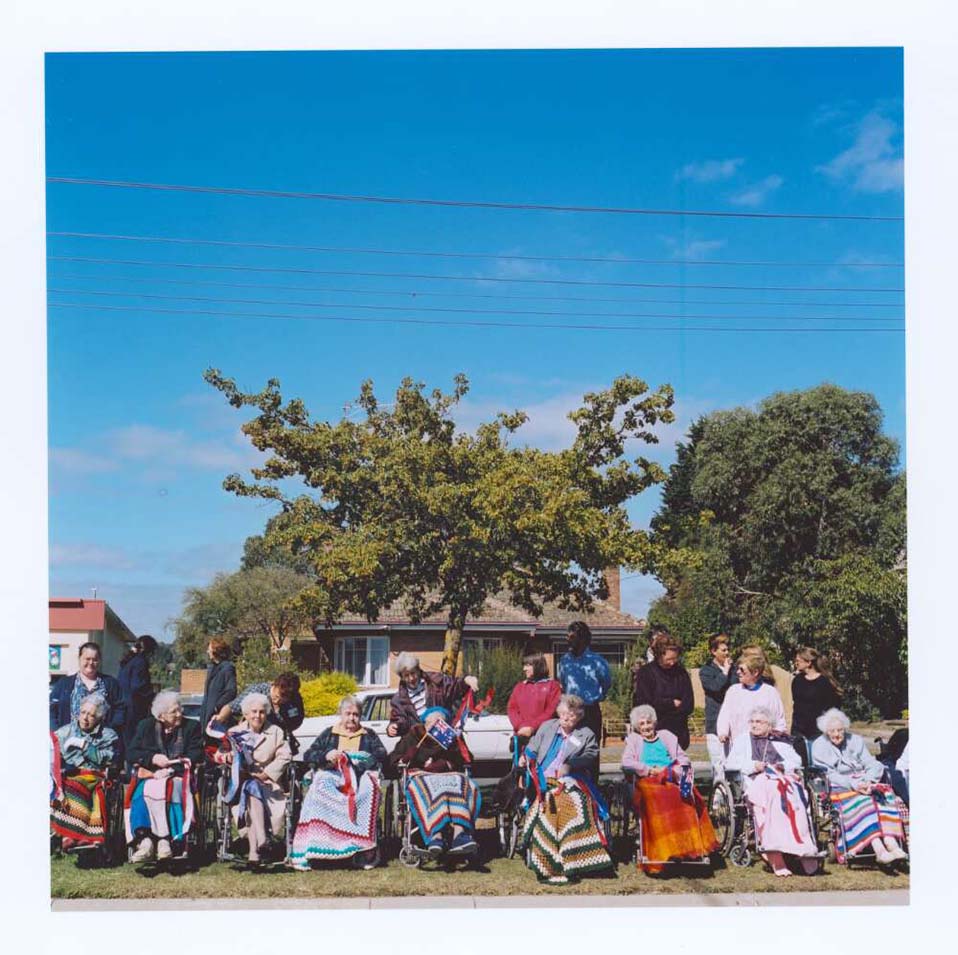Viewfinder: Exhibition themes
About the exhibition
Viewfinder: Photography from the 1970s to Now explores 50 years in the lives of Australians. Pulling exclusively from the Library's photography collection – now made up of more than a million photographs – the 125 images in this exhibition reveal a changing Australia and the evolving nature of photography.
The National Library's image collections are the photo albums of Australia. They are an invaluable archive that helps us understand the story of Australia, its country and its people.
Just like with personal photo albums, images in the Library's collections, both physical and digital, reveal the communities we live in, the landscapes we inhabit, our history and moments both significant and ephemeral.

Mervyn Bishop, Self-portrait of Aboriginal photographer Mervyn Bishop, Sydney, 1989, nla.obj-153510920, copyright courtesy Mervyn Bishop and Josef Lebovic Gallery, Sydney
Mervyn Bishop, Self-portrait of Aboriginal photographer Mervyn Bishop, Sydney, 1989, nla.obj-153510920, copyright courtesy Mervyn Bishop and Josef Lebovic Gallery, Sydney
Selected exhibition themes
The Library's collection contains photographs that document the private moments in the lives of everyday Australians. These images show that, since the 1970s, what we wear, where we come from and the ways we address the camera have all changed in many ways.
Formal poses in photographs are still common, but increasingly the subject's relationship with the photographer has come to feel more intimate and spontaneous.
Examples of what were traditionally quintessential Australian figures – shearers, diggers, sporting heroes, bronzed bodies on the beach – are still captured by photographers, but today they are part of a much bigger, and far more inclusive, cast of characters.

William Yang, Rainbow angel wings, New Mardi Gras, 2003, nla.gov.au/nla.obj-136950531, courtesy William Yang
Over the past half-century, new ways of spending our leisure time have emerged, many of which involve screens, both large and small.
Despite these developments, the way we choose to relax outside of work hours has remained remarkably constant. Australia has a strong culture of outdoor play, doubtless fostered by its climate and wide-open spaces.
Sport and bushwalking, BBQs and picnics, shows and festivals, and holidays spent at the beach are all captured in the Library's collection. As is socialising over a drink or a meal, playing board and card games, attending concerts or dancing the night away.

Rennie Ellis, Surfer boys and girls on beach, Lorne, 1975, nla.gov.au/nla.obj-145150096, courtesy of the Rennie Ellis Photographic Archive
Where we work, and how we work, has changed greatly over the last 50 years. The broader service industry, encompassing everything other than mining, agriculture and manufacturing, has grown from 66 per cent of all employees in 1971 to 86 per cent in 2011.
The Library's collections include many fascinating, and often idiosyncratic, photographs of Australians working in office jobs, in small shops or cafés, and in other service roles.
But photographers are still drawn to the spectacular, at times almost epic, mythmaking potential of mining, agriculture and manufacturing, industries that lie at the heart of many of the key narratives of Australian history.

Roger Garwood, Volunteers work in groups with children in the hydrotherapy pool at the Sir David Brand Centre, Perth, February 1989, nla.gov.au/nla.obj-136970905, courtesy Roger Garwood
Despite the importance of the bush in Australian culture, art and literature, since the 1910s most Australians have lived in urban environments. This division has become even more pronounced in the last half-century, and now around 90 per cent of the population lives in cities and major towns.
The collection contains vast numbers of photographs documenting the built environment, both rural and urban. There are images of homes and large public buildings, streets and bridges, cities and towns. In recent times, photographers have found something compelling even in our more prosaic buildings and structures, in their various states of construction, use and neglect.

Richard Woldendorp, Housing development on the artifical James Cook Island, Sylvania Waters, New South Wales, 1996, nla.obj-136869340
Interest among art and documentary photographers in the Australian landscape has gone in and out of fashion. But improvements in colour photography technology over the last 50 years, and a growing awareness of the importance and fragility of the natural world, have meant that it has once again become a popular subject.
Photographers have created wonderful images of Australia's unspoiled natural environment, particularly of areas that few of us will ever visit. Other images are more explicit in their representation of the impact humans have had on the environment.

Martin Mischkulnig, Warralong, Western Australia, 2007, nla.gov.au/nla.obj-691608047, courtesy Martin Mischkulnig
Private, even intimate, images of ordinary Australians represent one of the strengths of the Library's Collection. They serve to communicate, with great immediacy, the larger picture of Australian life.
But photographers have also taken arresting images of events that form part of our broader collective memory. Some of these events are quite local, but nonetheless significant in the history of a particular town or community. Others unfold on a national scale, such as major protests and political rallies, big sporting events, catastrophic natural disasters or the COVID-19 pandemic.

Matthew Sleeth, Residents of a retirement home are wheeled onto the footpath to watch the Queen, Western Freeway, Friday 24th March 2000, nla.gov.au/nla.obj-145875044, copyright courtesy Matthew Sleeth and Josef Lebovic Gallery, Sydney
Visit us
Find our opening times, get directions, join a tour, or dine and shop with us.



